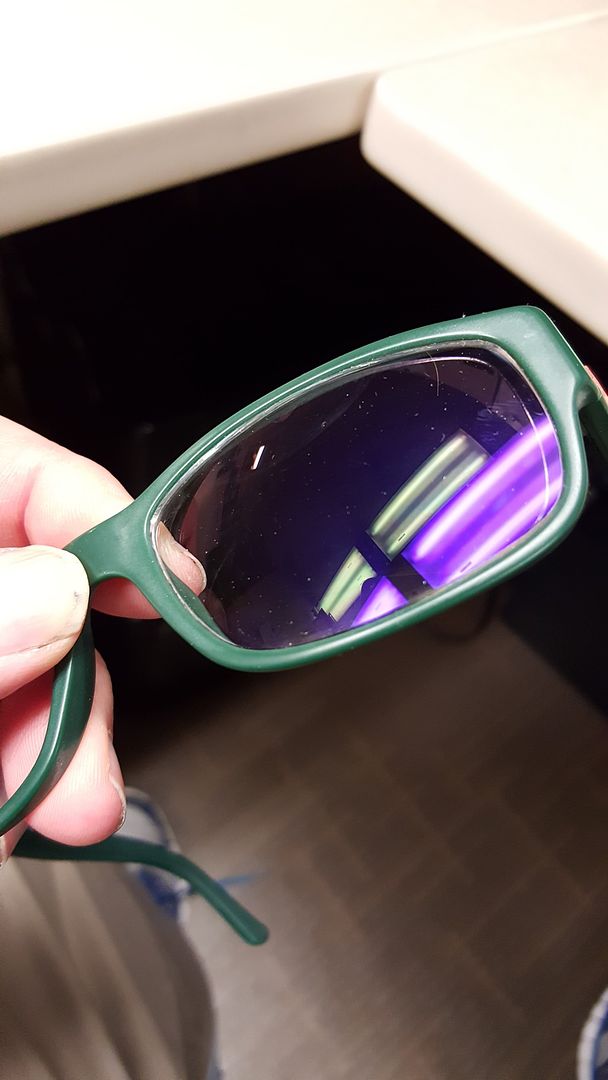I am interested in FSV blue light control lenses, and primarily a pretty inexpensive option to offer as plano or mild plus to emmetropes and CL wearers who do extensive computer work. I have a few sources including Chemistrie (for simple planos and + sphere powers), Nassau lens (full range stock rx poly lenses with blue light AR), and Bluetech (very limited Rx range and strangely expensive, not sure why I would want them), but I don't know of any other suppliers. Anywhere else I can get these FSV lenses?
Thanks!






 Reply With Quote
Reply With Quote






Bookmarks